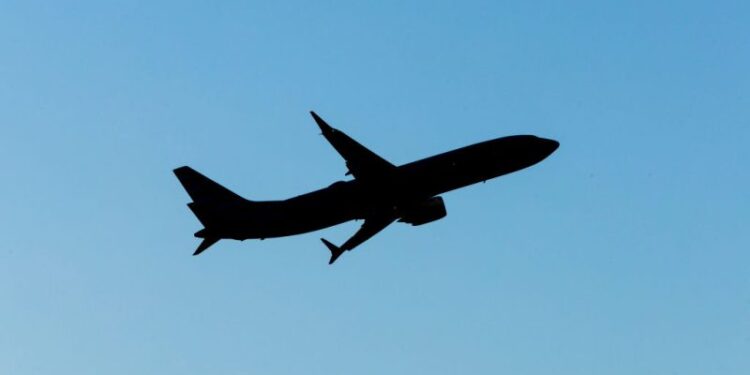
(NEXSTAR) — It’s been bitter cold across many parts of the country lately, with portions of nearly two dozen states under cold weather advisories as of Tuesday morning.
In addition to the frigid temperatures, frosty car windows, and air that hurts your lungs, you may have also noticed something overhead: unusually loud planes.
The reason for this, largely, comes down to air density, Nexstar chief meteorologist Brian James explains.
Cold air, like many of us are experiencing now, is denser than warm air, meaning there is less space between the air molecules. In warm air, those molecules “move around more freely and have more wiggle room between each other,” James says. That wiggle room also allows warmer air to hold more moisture.
“But when the air is really cold, there’s very little room for water vapor (which is why a very cold air mass is also usually a really dry air mass, too),” James explains. “That means, when something makes a sound, the soundwaves can travel farther in the colder air because the higher-density of the cold air allows the soundwaves to travel farther without degrading (or becoming quieter).”
As a plane passes overhead, the cold air allows the sound of its engine to travel down to the ground “without losing nearly as much of the sound as it would in warmer air,” he adds. Without losing any sound, an overhead plane can sound louder to our ears.
The colder the air, the louder the jet can sound.
Airport officials have previously warned nearby residents of potentially loud jets in cold weather.
During a cold snap in 2019, the Minneapolis-Saint Paul Metropolitan Airports Commission said frigid temperatures could cause airplanes to be heard “in a different way.” Derek Anderson, the acoustics and data analysis coordinator at the Metropolitan Airports Commission, also noted that a lack of leaves and grass on the ground mixed with high winds could also cause the sound to travel further.
While the cold weather may not be great for us on the ground, the commission said cold temperatures can lead “to higher performance by jet aircraft.”
“Higher air density improves acceleration, reduces runway lengths needed during take-off, and increases lift and altitude gained as aircraft fly away from the airport,” the commission explained.
The frigid cold weather will be sticking around for a bit yet. Temperatures from the upper Plains states through the Midwest and into the Ohio Valley are expected to see highs only in the 10s and 20s on Wednesday, the National Weather Service forecast shows. Those areas could reach into the 30s by Friday.







